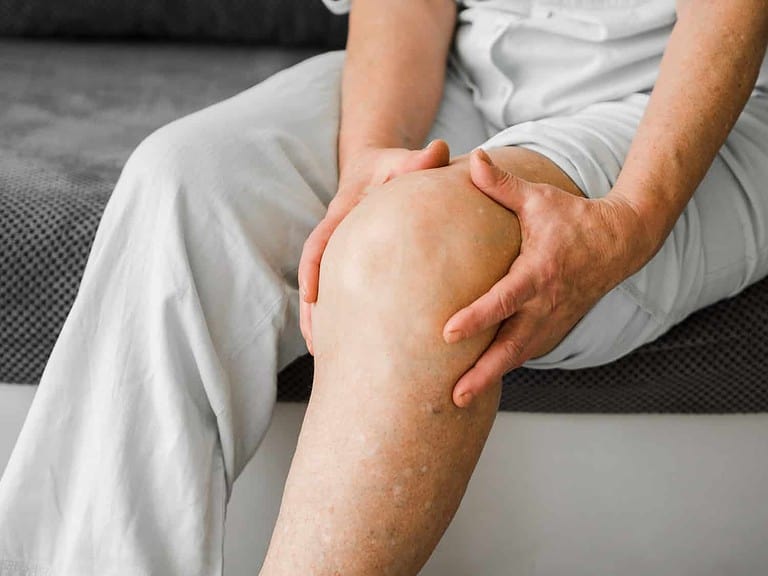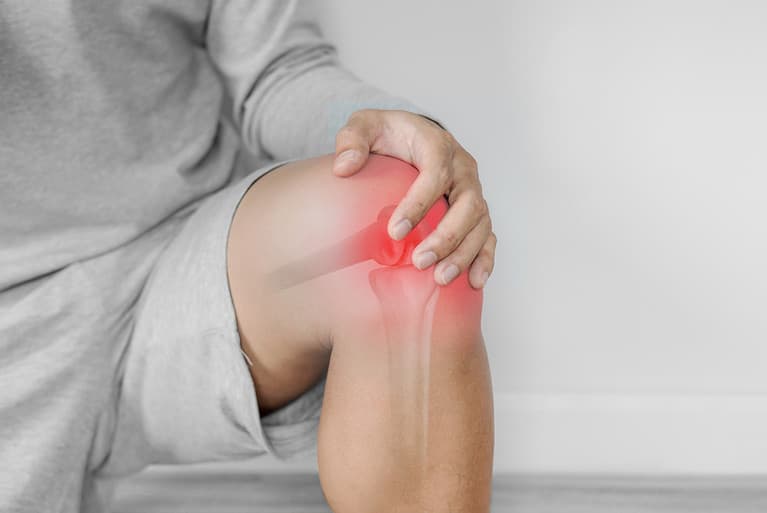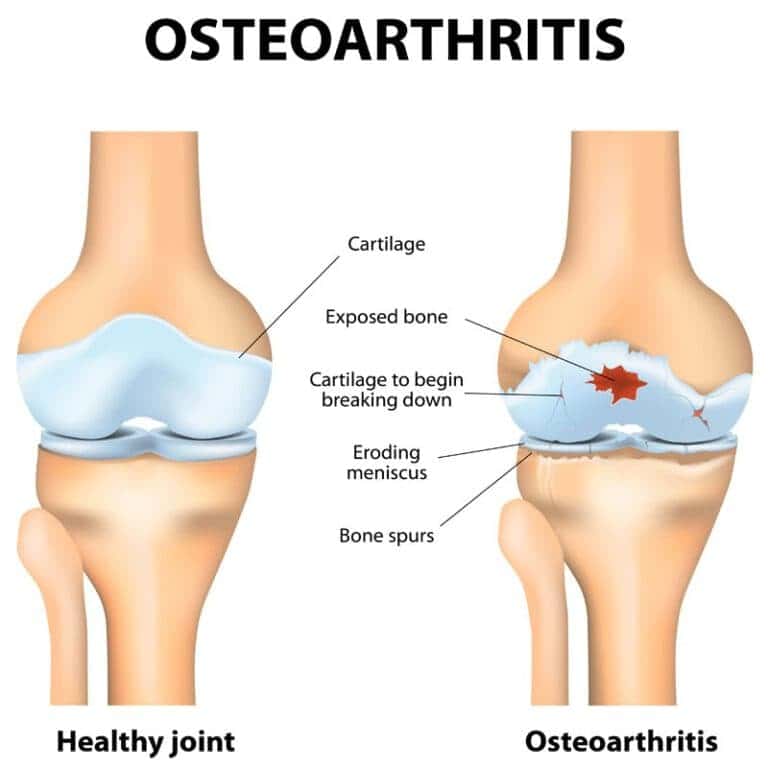
Knee osteoarthritis, historically associated with aging, has increasingly become a common ailment among younger adults due to lifestyle changes, modern conveniences, and dietary habits. It’s no longer confined to the elderly; adults over the age of 45 are also becoming susceptible to this degenerative joint disease.
For those experiencing knee pain and unsure how to address it, Pain Clinic Near Me offers comprehensive solutions and expert guidance. Detailed information on managing and treating knee osteoarthritis is available through their resources.
Knee osteoarthritis is a condition where the cartilage in the knee joint wears down over time. This cartilage normally ensures smooth joint movements and absorbs shocks during weight-bearing activities.
Pain Clinic Near Me provides a multifaceted approach to managing knee osteoarthritis.
Non-Pharmacological Strategies:
Pharmacological Treatments:
Physical Therapy:
Advanced Non-Invasive Treatments:
Surgical Interventions:

Shockwave therapy is becoming a popular, non-invasive treatment option for knee osteoarthritis, providing pain relief and promoting healing. Here’s an overview of how shockwave therapy can be beneficial in treating knee osteoarthritis:
Mechanism of Action: Shockwave therapy involves delivering high-energy sound waves into the affected tissues. These waves create a controlled injury, stimulating the body’s natural healing processes. This leads to increased blood flow, tissue repair, and cell growth.
Procedure Details:

At Pain Clinic Near Me, shockwave therapy is often integrated into a broader treatment plan, which may include physical therapy, medication, and lifestyle modifications. This multidisciplinary approach ensures a comprehensive management of knee osteoarthritis, addressing both symptoms and underlying causes.
Pain Clinic Near Me distinguishes itself by offering personalized, patient-centered care. The clinic’s team, consisting of specialists in orthopedics, pain management, and physical therapy, works collaboratively to devise tailored treatment plans. These plans focus not only on immediate symptom relief but also on long-term health, mobility, and quality of life. Patients are guided through each step of their treatment journey, from initial assessment to therapy and follow-up care, ensuring a comprehensive approach to managing knee osteoarthritis.
Engaging in physical therapy can contribute to an improvement in chronic pain from the very first session. However, to enhance treatment effectiveness, it is recommended to undergo continuous physical therapy sessions as advised by medical professionals or physical therapists. Typically, positive results can be anticipated within the initial 5-6 sessions, especially for individuals with moderately severe symptoms.
At Pain Clinic Near Me, we employ state-of-the-art physical therapy tools to treat our clients, providing relief from pain starting with the first session—without the need for medication or surgery.
Pain Clinic Near Me is a physical therapy and rehabilitation clinic overseen by licensed physicians. We are able to provide medical certificates to our clients for the purpose of health insurance claims or outpatient group insurance (OPD).
Pain Clinic Near Me offers parking space for up to a hundred vehicles, providing convenient and hassle-free access for those driving in for our services.
Payments for services at Pain Clinic Near Me can be made in cash, by card, or through bank transfer. We offer multiple convenient options to suit your preferences.
© All Rights Reserved.